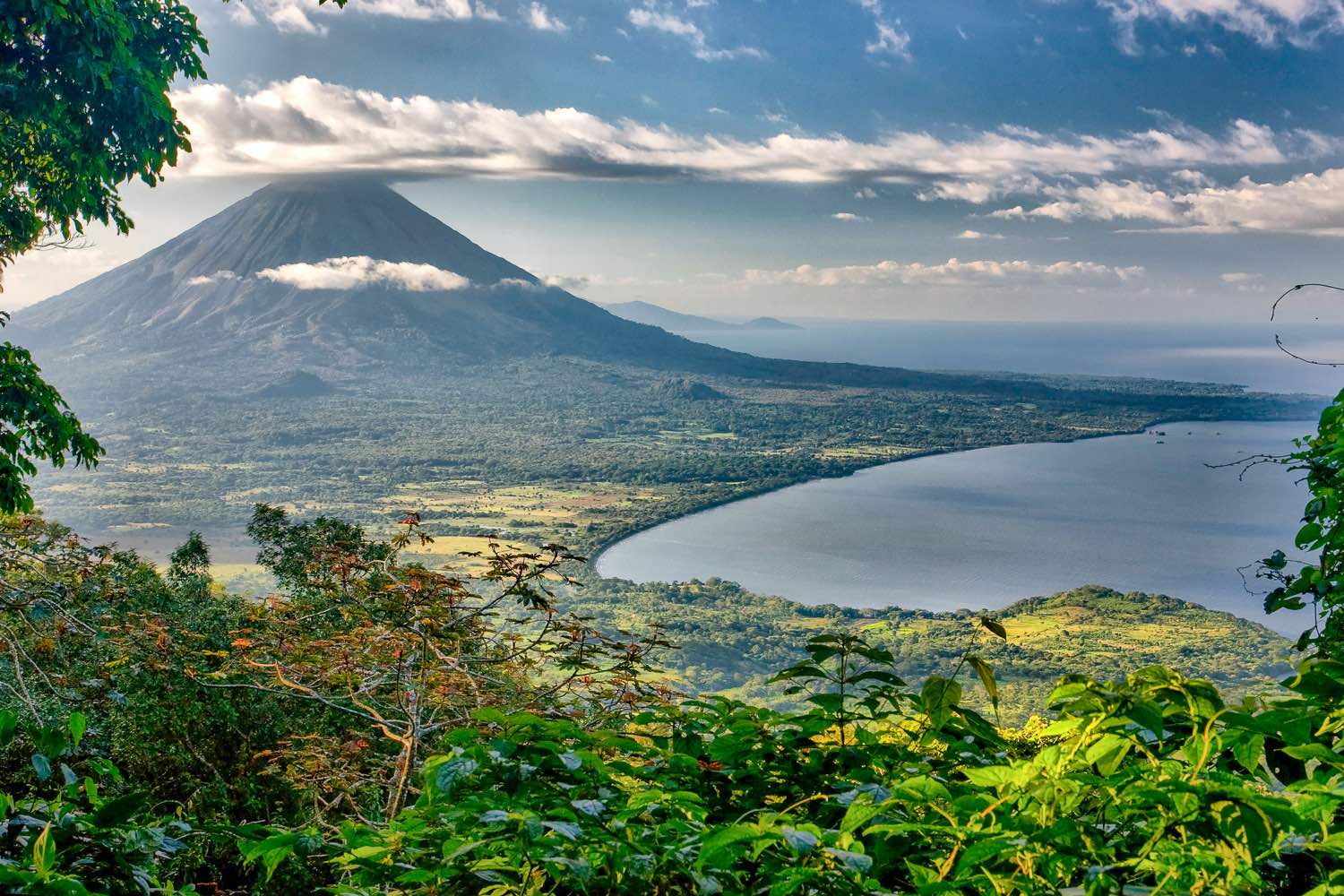Which Country Has the Largest Freshwater Lake in Central America?
Central America is known for its rich biodiversity and stunning natural landscapes. One of the remarkable features of this region is its freshwater lakes. Among them, there is a particular lake that stands out as the largest in Central America. In this article, we will explore the country that is home to this magnificent freshwater lake and delve into its unique characteristics.
1. The Great Lake of Central America:
Lake Nicaragua, also known as Cocibolca, is the largest freshwater lake in Central America. Spanning an impressive area of approximately 8,264 square kilometers (3,191 square miles), it holds significant importance for the region. Located in the southwestern part of Nicaragua, Lake Nicaragua is an extraordinary natural wonder that attracts visitors from around the world.

Lake Nicaragua
2. Geographic Location and Borders:
Lake Nicaragua is situated in the heart of Central America, surrounded by several countries. To the north, it shares a border with Honduras, while Costa Rica lies to its south. On the western side, Lake Nicaragua connects with the Pacific Ocean through the San Juan River. Its strategic position contributes to the lake's importance as a transportation route.
3. Dimensions and Depth:
Lake Nicaragua's vast size is truly awe-inspiring. It stretches approximately 177 kilometers (110 miles) from north to south and has a maximum width of about 58 kilometers (36 miles). The average depth of the lake is around 19.8 meters (65 feet), with its deepest point reaching an impressive 26.7 meters (87 feet).
4. Archipelagos and Volcanic Origins:
Lake Nicaragua's uniqueness is further enhanced by the presence of numerous islands and islets within its waters. The lake is home to several archipelagos, the most famous being the Solentiname Islands, comprised of around 36 islands. These islands offer picturesque views and are often visited by tourists seeking tranquility amidst nature's wonders. The lake itself is of volcanic origin, formed by tectonic activity and volcanic eruptions in the region.
5. Ecological Significance:
Lake Nicaragua is a vital ecosystem that supports a diverse range of flora and fauna. The lake and its surrounding wetlands provide a habitat for numerous species, including various fish species, reptiles, birds, and mammals. It is particularly renowned for its freshwater sharks, scientifically known as the Nicaraguan shark or Lake Nicaragua shark. These unique species have adapted to the freshwater environment, which is a rarity among sharks.

Private Custom Experiential Travel Nicaragua Lake Ometepe
6. Economic Importance:
Lake Nicaragua plays a crucial role in the region's economy. It serves as a vital source of freshwater for agriculture, fishing, and other economic activities. The lake's fertile waters support a thriving fishing industry, providing livelihoods for numerous local communities. Additionally, the transportation routes connecting the lake to the San Juan River and the Pacific Ocean facilitate trade and commerce within the region.
Lake Nicaragua proudly holds the title of the largest freshwater lake in Central America. Its sheer size, stunning archipelagos, and ecological significance make it a remarkable natural treasure. The lake's strategic location and economic importance further contribute to its significance for the region. Visitors to Central America are captivated by the beauty and grandeur of Lake Nicaragua, reaffirming its status as a must-see destination for nature enthusiasts and adventurers alike.